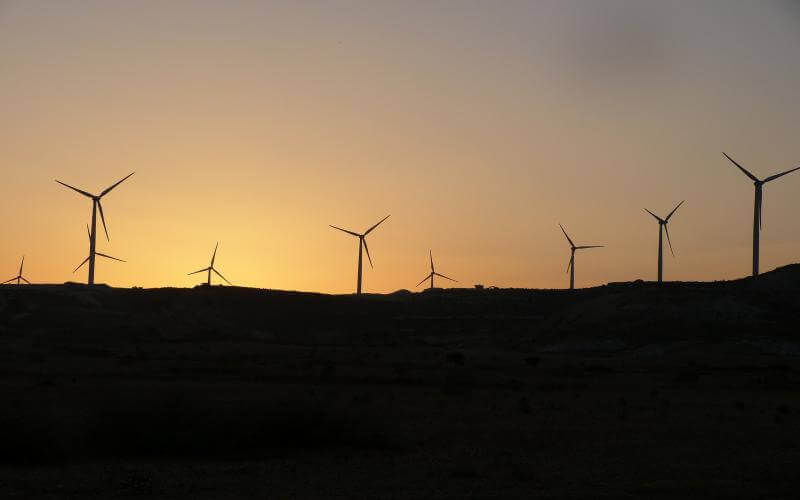- 0413 917 722
- contact@zeroexposure.com.au
- Mon - Fri: 9:00 - 17:00



Computers
Where practical, use laptop computers which use up to 90% less electricity than desktop computers
Because much of a computer’s electricity usage is for the monitor, choose LCD or LED monitors which use less than half the electricity of cathode ray monitors (and also cause less eyestrain!)
Ensure computers are turned off at night. These days, it’s usually unnecessary to leave office computers on overnight for backing up data, so turn them off and save power
Screen savers are energy wasters. That’s because your monitor uses almost full power when the screen saver appears – even in ‘blank screen’ mode. So ban those cute puppies, bouncing balls and star fields and enjoy significant energy savings
Instead of a screen saver, use ‘power management’ software that will turn off your monitor after a period of inactivity. Or if you don’t have such software, simply turn the monitor off if you know you’ll be away from your computer for some time
Reducing your screen’s brightness level to the lowest comfortable level will also save on electricity.
Printers
Use inkjet printers if possible, as they use up to 90% less electricity than laser printers
Because printers use electricity when they’re switched on but not printing, look for models with automatic ‘power down’ features to reduce their electricity usage by over 65%
Turn printers off when not in use with a simple plug-in timer, smart power board or occupancy sensor.
Photocopiers
Turn off your photocopier when it’s not in use, or install a simple plug-in timer or smart power board to automatically turn it off at closing time
Turn on the energy-saving feature of your copier, as they’re often shipped with this energy-saving mode disabled
If possible, purchase a combination printer/fax machine/copier to reduce electricity usage.
Air-conditioning in the Workplace
For the most efficient running, maintain room area temperatures at 18°C during winter and 25°C during summer. Every one degree difference adds around 10% to your air conditioning running costs
Set the temperature to a range of around 2 to 3°C to prevent the air conditioner cycling on and off frequently and wasting power
To prevent staff changing the temperature settings, install locking covers on your thermostats
Regularly inspect your air conditioners and keep them in good repair. It’s an easy, affordable way to ensure they perform at their best and minimise electricity use
Perform regular maintenance, check for damage or leaks, and ensure adequate refrigerant levels.
Managing your home energy use efficiently can be hard work. The following are a few common myths that have been busted!!
Myth 1 – Switching off appliance prevents it from using electricity. BUSTED Most appliances continue to draw energy even when they are not in use. Once you’ve finished using an appliance make sure that you switch it off at the wall and pull out the plug.
Myth 2 – Using electricity at night is cheaper. BUSTED If your appliances are wired to the General Supply Tariff 11 then it is the same flat rate day and night. Connect to an economy tariff for cheaper evening rates.
Myth 3 – Leaving computer, lights and other appliance switched on uses less energy than switching it off and back on again. BUSTED The amount of energy used when switching a device on is very small in comparison to the energy used to keep an appliance running when it’s not needed. As a general rule: switch off a device whenever you aren’t using it.
Myth 4 – You can’t insulate an old home – its’s not cost-effective. BUSTED Insulating your property will prevent you from having to rely on heaters and air conditioners as much and will therefore result in cheaper energy bills